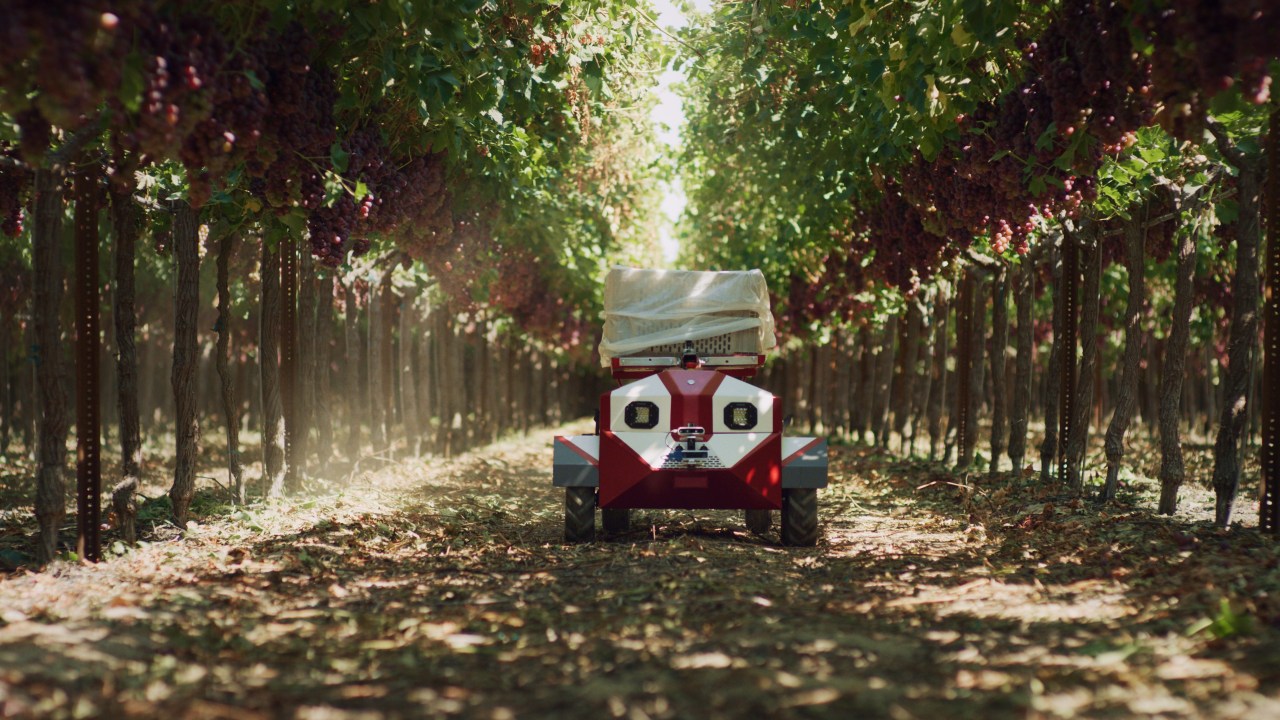As we advance further into the 21st century, the intersection of technology and agriculture becomes more pronounced. Among the many innovations poised to revolutionize this sector, robotics stands out as a game-changer. Companies dedicated to agricultural robotics are setting the stage for improvements in yield, efficiency, and ultimately, sustainability. One such innovator is Future Acres, a newcomer ready to make waves in this promising field.
Introducing Future Acres and Carry
Founded in Santa Monica, Future Acres has its sights set on grape picking with its first product, a robot named Carry. The concept behind Carry is not merely to replace human labor but to enhance it. “We see Carry as a kind of harvesting sidekick for workers,” says CEO Suma Reddy, emphasizing its role as an autonomous harvesting companion.
The Robotics Revolution in Agriculture
The need for efficient harvest solutions has become even more urgent in light of recent challenges in the agricultural sector, including labor shortages and health concerns heightened by the global pandemic. Carry can transport up to 500 pounds of crops across various terrains and weather conditions, aiming to boost production efficiency by up to 30%. This means that farms could potentially see a return on investment in just 80 days, making Carry an appealing prospect for growers everywhere.
Benefits of Human-Robotic Collaboration
- Enhanced Efficiency: Carry’s transport capabilities would significantly speed up the harvest process, allowing workers to focus on picking without the exhaustive effort of moving heavy loads.
- Labor Management: With agricultural labor in demand, robots like Carry serve as valuable assistants rather than replacements, easing the physical workload of farm workers.
- Versatility: The application of Carry across varied terrains means that different farms, regardless of their operational challenges, can benefit.
Investment and Future Directions
While Future Acres is still in its prototype phase, the company recognizes the necessity for strategic partnerships to address further development concerns. The anticipated cost of $10,000 to $15,000 for these systems may seem steep, but with an eye on the future, Future Acres is considering a Robotics as a Service (RaaS) model to help defer upfront costs. This innovative approach aims to widen accessibility for more farming operations, allowing them to leverage technology without significant initial investments.
The Growing Interest in Agricultural Robotics
The rising interest in agricultural robotics reflects a shift in how we think about farming. It is no longer merely about traditional methods; instead, it is about integrating technology seamlessly. Solutions like Carry not only represent practical advancements but also align with broader trends towards sustainability and efficiency in farming practices. As demand for healthy, local, and sustainably sourced food continues to rise, innovations in robotics will likely play an essential role in fulfilling these needs.
Conclusion
It’s clear that the path ahead for agricultural robotics is brimming with promise. Companies like Future Acres are pioneering essential innovations that not only enhance productivity but also respect the critical role of human labor in agriculture. As we navigate future challenges in the food supply chain, the evolution of robotics in farming will be at the forefront, paving the way towards a more sustainable and efficient agricultural landscape.
At fxis.ai, we believe that such advancements are crucial for the future of AI, as they enable more comprehensive and effective solutions. Our team is continually exploring new methodologies to push the envelope in artificial intelligence, ensuring that our clients benefit from the latest technological innovations.
For more insights, updates, or to collaborate on AI development projects, stay connected with fxis.ai.

